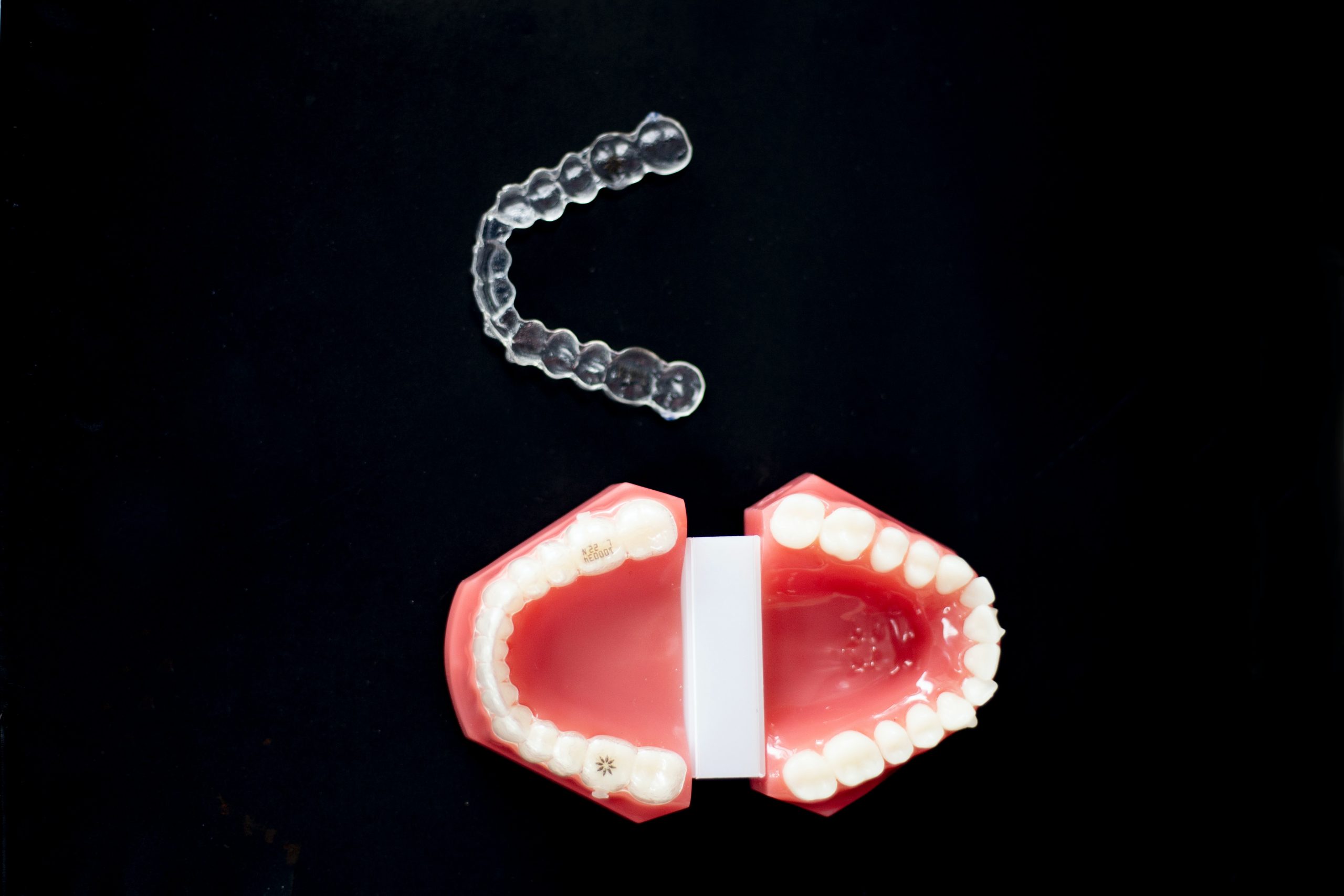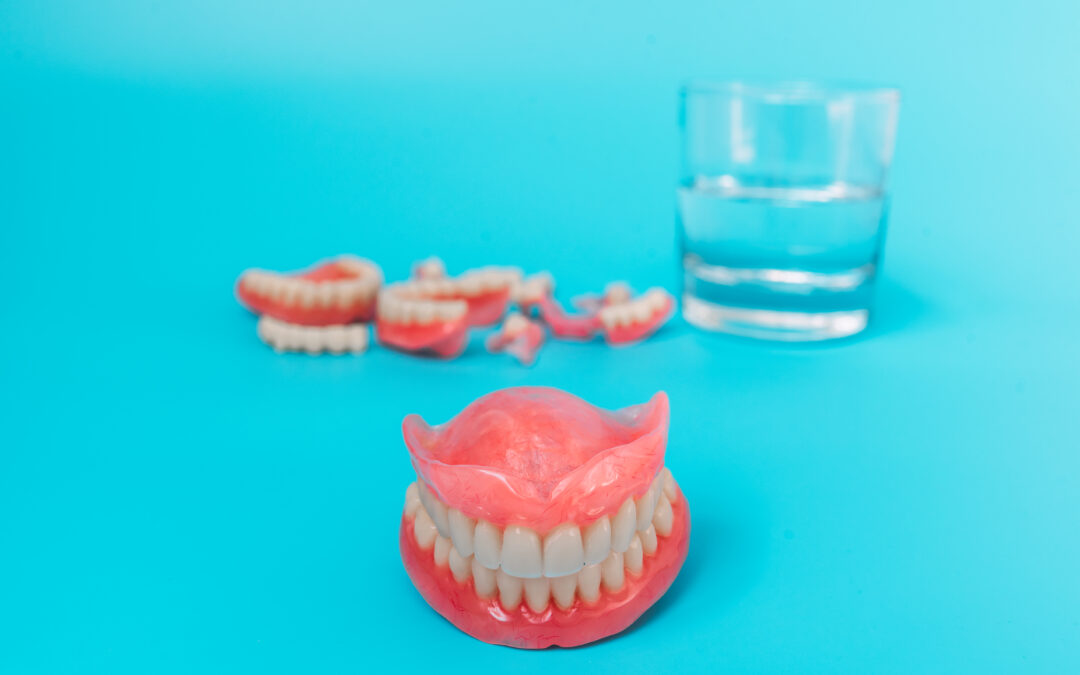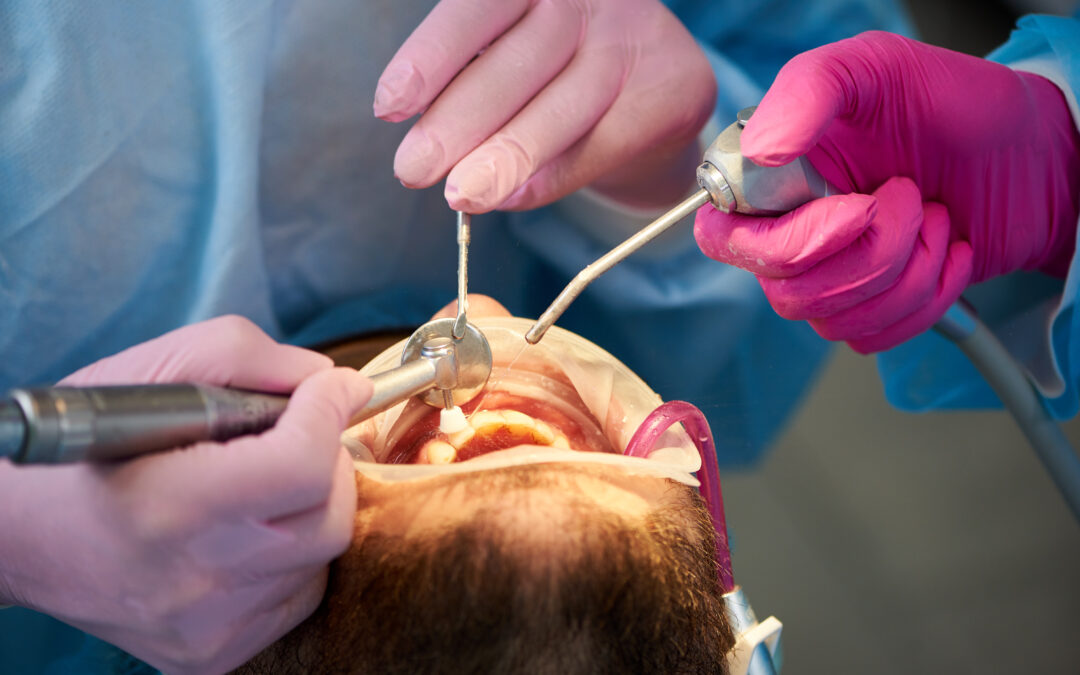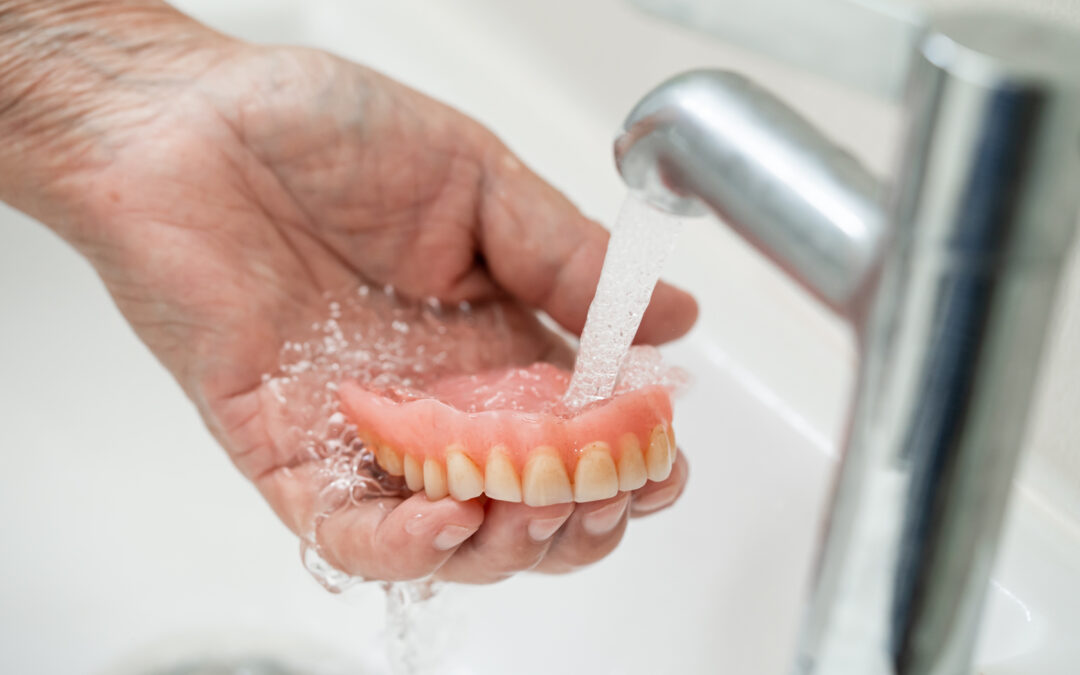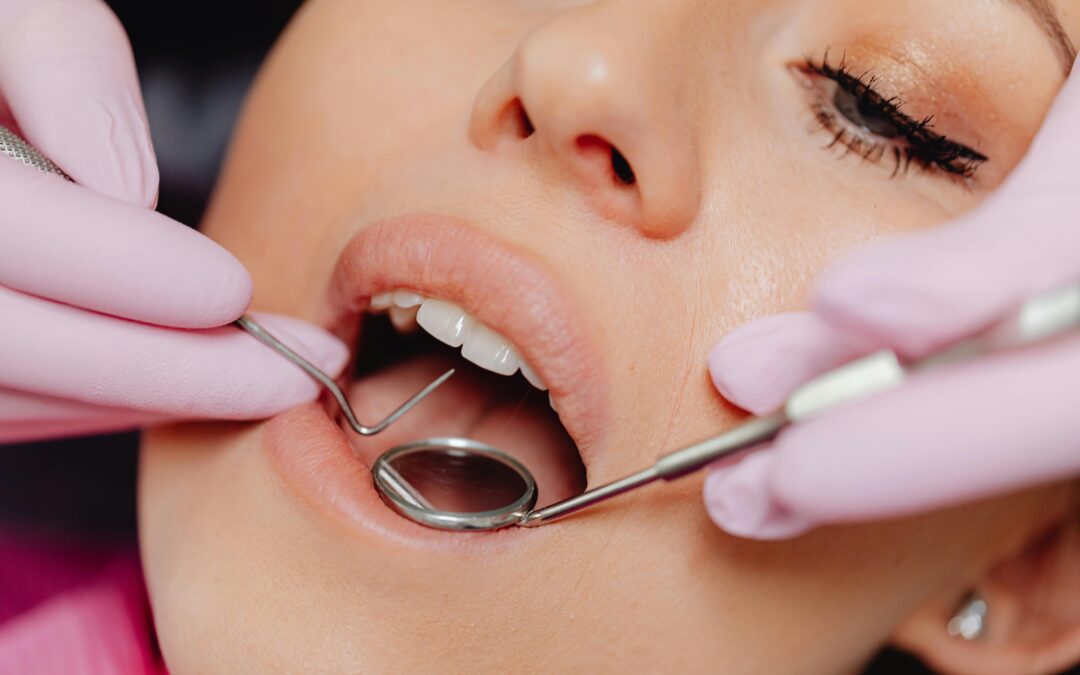However, many people are still not turning to professionals for help. Here Grosvenor Dental we cover some of the most common questions around teeth straightening for you to achieve your ideal smile.
How does Teeth Straightening work?
To understand how teeth straightening works it is vital to understand why teeth are able to move at all. Teeth are fundamentally held in place by the periodontal ligament. This ligament is what connects the roots of each tooth to the surrounding jawbone. The fibrous tissue within the ligament that holds teeth in place is resilient yet flexible. Therefore, allowing the teeth to easily move when pressure is applied. As a result, when a brace or aligner is applied this imposes light and continuous pressure on the teeth. This constant pressure plus guides either via wire or the plastic aligner work in tandem to create your straight teeth.
What are my options?
Research people often don’t turn to professionals for help due to the fear of the metal brace. The belief is that the only way to fix that crooked smile, unsightly gap, or crowning is by having those traditional metal braces. However, there are various methods and treatments you can use to straighten your teeth.
Fixed Braces
Traditional orthodontic metal braces are usually made from stainless steel or titanium. Consisting of brackets, elastic rings, and archwires that utilise constant, gentle pressure on your teeth. Moreover, some orthodontists offer ceramic braces, which are often clear or tooth coloured. In addition to Lingual braces which are fixed behind your teeth. Over time the pressure equates to your teeth gradually moving and your jaw changing shape. These are often quicker than removable braces as they are constantly applying pressure.
Removable Braces – Invisalign®
This is a series of invisible braces that are made up of several clear aligners that are removable. The dental aligners are custom made to fit over your teeth and are replaced every few weeks. Over time your teeth gradually move into the desired position over the course of the treatment via pressure. These teeth aligners are often popular as they are discreet and can be removed to eat and brush your teeth. However, not always suitable for everyone depending on the severity of the problem.
Dental Bonding & Veneers
If you wanted straighter teeth quicker, dental bonding and veneers could be the answer. Both apply a thin cover over the surface of the tooth. These can counterbalance teeth that might be crowded, overlap, or sit at odd angles. Another positive of dental veneers is that they can address colour as well as visually straighten your teeth.
How much does it cost?
For most people considering straightening their teeth and any Invisalign treatments, one of the first questions is around price. The cost of straightening teeth varies depending on the severity of your dental misalignment. Therefore, this changes the duration and type of the treatment you may require. The price and treatment options will be defined by your orthodontist when you attend an initial consultation.
Does it hurt?
To some extent yes. At the end of the day, you are moving your teeth within your gums. However, the pain is more discomfort and pressure, which often only lasts the first few days as your teeth begin to adhere to the treatment. If any pain is felt longer than a week you need to speak to your orthodontist.
How long does it take?
Overall treatment time can vary depending on the severity of the initial misalignment and the type of brace chosen. On average it can take between 6 and 18 months for teeth to be straightened. However, a timeline will be given to you by your orthodontist when they take you through your treatment process.
What is the importance of teeth alignment?
Teeth straightening isn’t always about the aesthetic look. Having misaligned and crooked teeth can make brushing and flossing your teeth harder. Therefore, increasing the risk of tooth decay, gum disease, and cavities. Furthermore, straighter teeth can aid chewing and thus reduce jaw strain, muscle ache, and pain. Lastly, it can often be important for a person’s self-esteem and mental health. Research has shown 40% of the UK population are unhappy about the appearance of their teeth.
To discuss straightening your teeth with orthodontic treatments contact Grosvenor Dental Practice now on 01782 848708 now or email [email protected] and take the first steps to a perfect smile.

